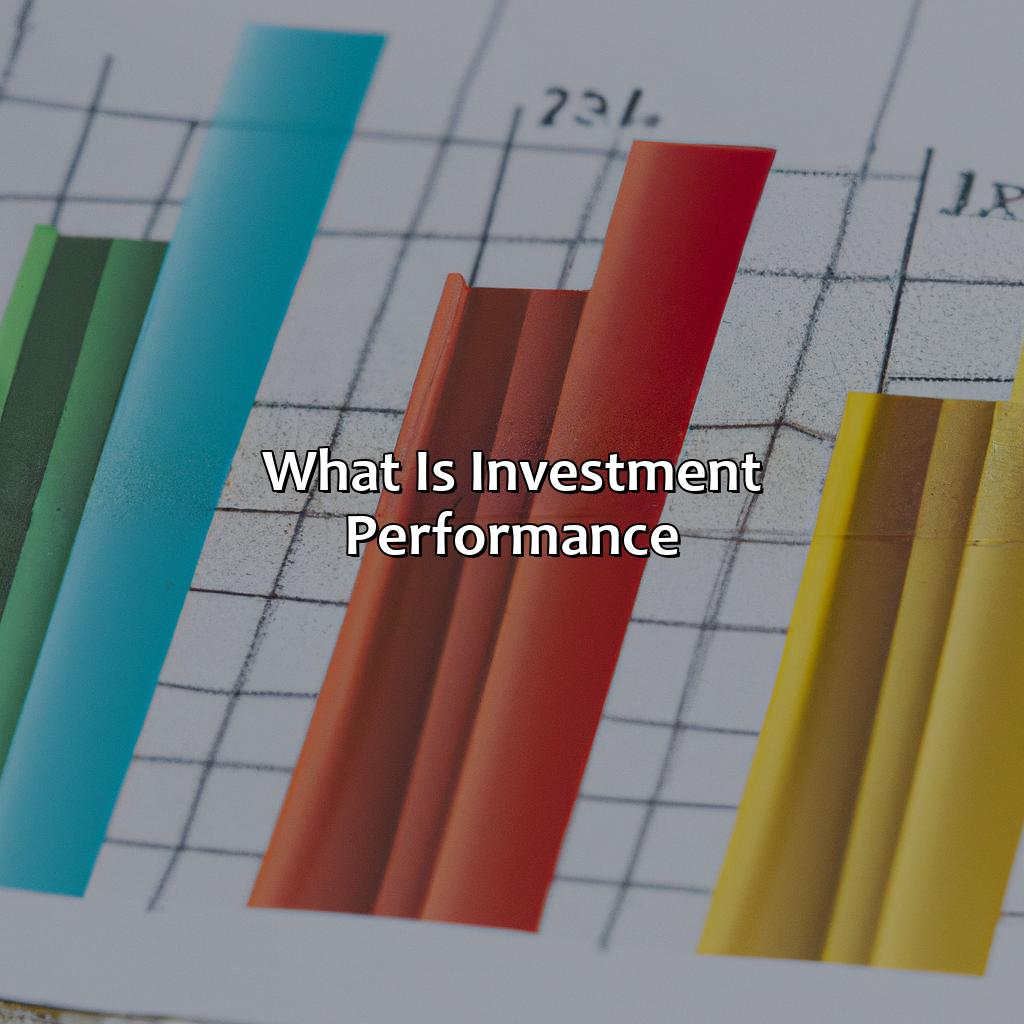What Is Investment Performance?
Key Takeaway:
- Investment performance refers to the return on investment generated by an investment portfolio, including factors such as market conditions, investment strategy, and investment type.
- To measure investment performance, investors often use absolute and relative returns, which compare the performance of a portfolio to its initial investment and to the performance of a benchmark index, respectively.
- Monitoring investment performance is crucial for investors to assess the success of their investment decisions, identify areas for improvement, and adjust their strategy accordingly. Implementing diversification and active management strategies can also help improve investment performance.
Are you looking to enhance your wealth and secure your financial future? Understanding investment performance is an essential step towards achieving your financial goals. You’ll get expert advice on how to evaluate and improve your investments.
Definition of Investment Performance
Investment performance can be defined as the measure of how effectively an investment has done in terms of profits and returns in comparison to its initial cost over a particular period. In simple words, it is an assessment of the financial outcome of an investment. The measurement can vary based on different factors such as time, method, and asset class. Investment performance is measured by calculating the returns attained, which includes both capital gains and dividends, and comparing it to the initial investment.
It’s important to note that investment performance must always be considered in context. For example, it may vary based on market conditions, investment horizon, and investor objectives. It is vital to compare investment performance against appropriate benchmarks to gauge its potential or actual success.
One critical aspect is understanding the cost of investments. Annual expenses and fees can have a considerable effect on investment performance, which is why it’s important to educate yourself on the costs of investment vehicles. Another thing to consider is the impact of tax on investment performance. Knowing how to manage taxes can significantly increase the net returns on investments.
Pro Tip: When assessing investment performance, it’s essential to look beyond short-term fluctuations and focus on long-term returns. Over time, investment performance can be affected by multiple factors, including market dynamics, portfolio allocation, and market volatility. By taking a long-term view, you can avoid knee-jerk reactions and make informed decisions based on an informed view of returns.
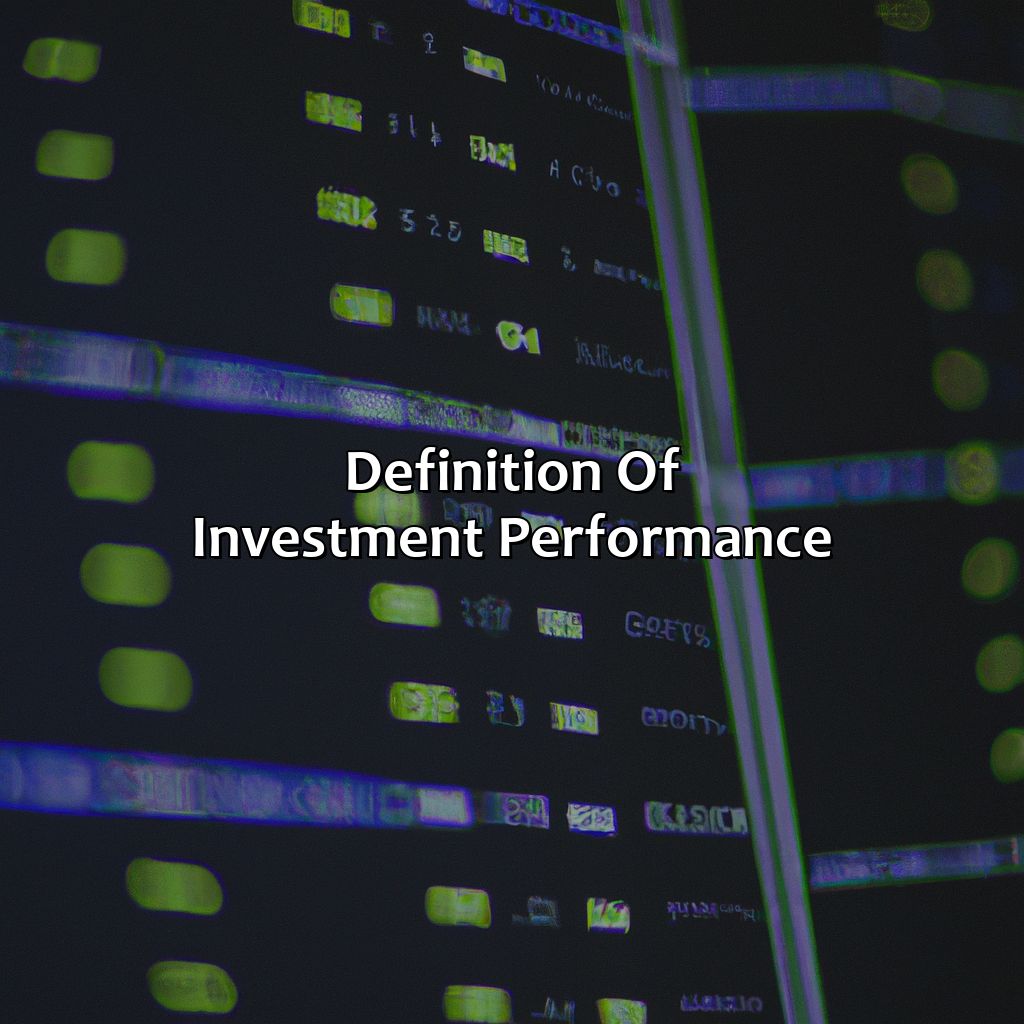
Image credits: retiregenz.com by Harry Jones
Factors Affecting Investment Performance
Gain insight into what may affect your investment performance. Let’s take a look at the factors that could determine your returns. Investment strategy, type, and market conditions all have an impact. Read the sub-sections to optimize your investments.
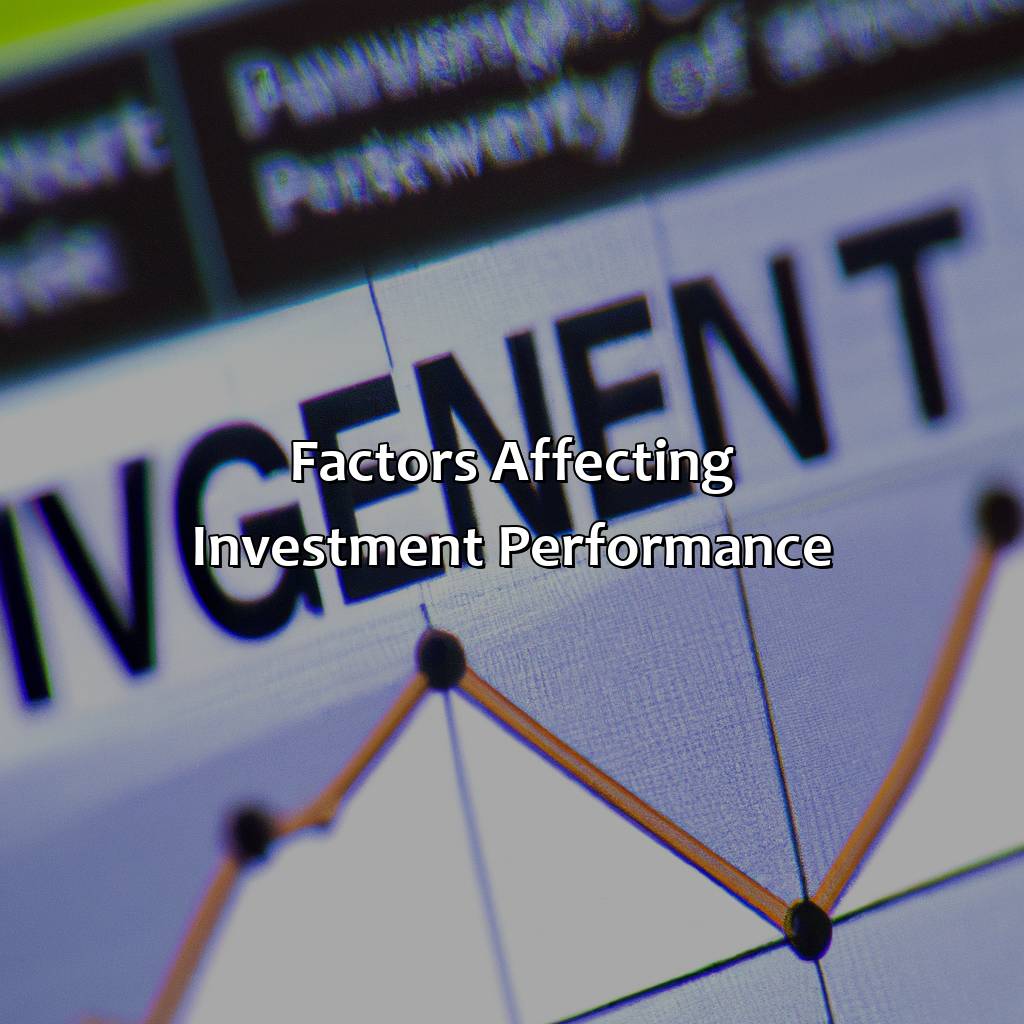
Image credits: retiregenz.com by Joel Washington
Market Conditions
Investment Performance in Varied Market Scenarios
In today’s challenging investment landscape, market conditions play a significant role in determining the success or failure of investment portfolios. Diverse market scenarios like bullish, bearish, volatile and uncertain markets can significantly impact investment performance.
The changes in the interest rates, currency valuations, global geopolitical risks and economic growth can create different market environments affecting various asset classes differently. The opportunities for growth or decline in the company’s revenue, earning potential and future cash flows are also key factors that impact the overall investments.
The unique features of each market environment governing the investor sentiments add to further perplexity while making it vital to stay informed about current events surrounding specific industries and political environments influencing the wider financial markets.
To manage and navigate changing market conditions effectively, investors should focus on mitigating risks through portfolio diversification strategies specific to their risk appetite. A balanced combination of assets with little correlation could protect your portfolio from significant losses during adverse situations by spreading risks over industry sectors, asset classes and geographies.
Remember, the key to a successful investment strategy is to have a plan, stick to it, and pray to the stock market gods.
Investment Strategy
The approach to investment management involves the use of an Investment Model. The strategy outlines specific initiatives undertaken to achieve the investment objectives. At its core, it includes making informed decisions about asset allocation, diversification, risk management, and potentially choosing investments that meet certain criteria, such as sustainability or value investing.
The investment strategy must be tailored to achieve the investors’ goals and aligns with their risk tolerance level. Portfolio managers or individual investors use various methods such as fundamental analysis and technical analysis when selecting stocks or bonds for their portfolios to provide long-term returns.
It is essential to remember that developing a comprehensive investment strategy takes into account not only straightforward financial metrics like cash flow and return on investment but also external factors such as economic conditions, market trends and regulations. This holistic approach assists in mitigating unnecessary risks and maximizes returns.
Pro Tip: Developing a sound investment strategy requires patience and diligence around careful consideration of thorough research and qualified advice. Keep up-to-date knowledge of market trends while keeping a long-term investing viewpoint. Choosing an investment type is like picking your poison, just with potentially higher returns and less nausea.
Investment Type
Investment Category
There are various categories of investments available, each with unique characteristics and risks. One must evaluate these factors to choose the right one.
The following table provides an overview of different investment types and their respective features:
| Investment Type | Risk Level | Return Potential | Liquidity |
|---|---|---|---|
| Stocks | High | High | Low |
| Bonds | Low | Medium | High |
| Real Estate | Medium | High | Low |
| Mutual Funds | Medium | Medium | High |
This categorization can help investors make educated decisions about their investments.
Investment type allocation is crucial for maximizing investment performance. Diversification helps balance risk-reward ratio by investing in multiple investment types within a portfolio.
Understanding investment category is essential to building a strong investment strategy that meets personal financial objectives.
For example, understanding the difference between stocks and mutual funds allows investors flexibility to manage their portfolios depending on market conditions.
History has shown us that investors who understand different investment categories have better chances of achieving good returns while mitigating risks.
Measuring investment performance is like stepping on a scale after a buffet – you hope for the best but there’s always a chance you’ll be disappointed.
How to Measure Investment Performance
Measuring investment performance? Use this guide!
Absolute return looks at the actual gain or loss. Relative return compares investment performance to others in the same category.
There you go!
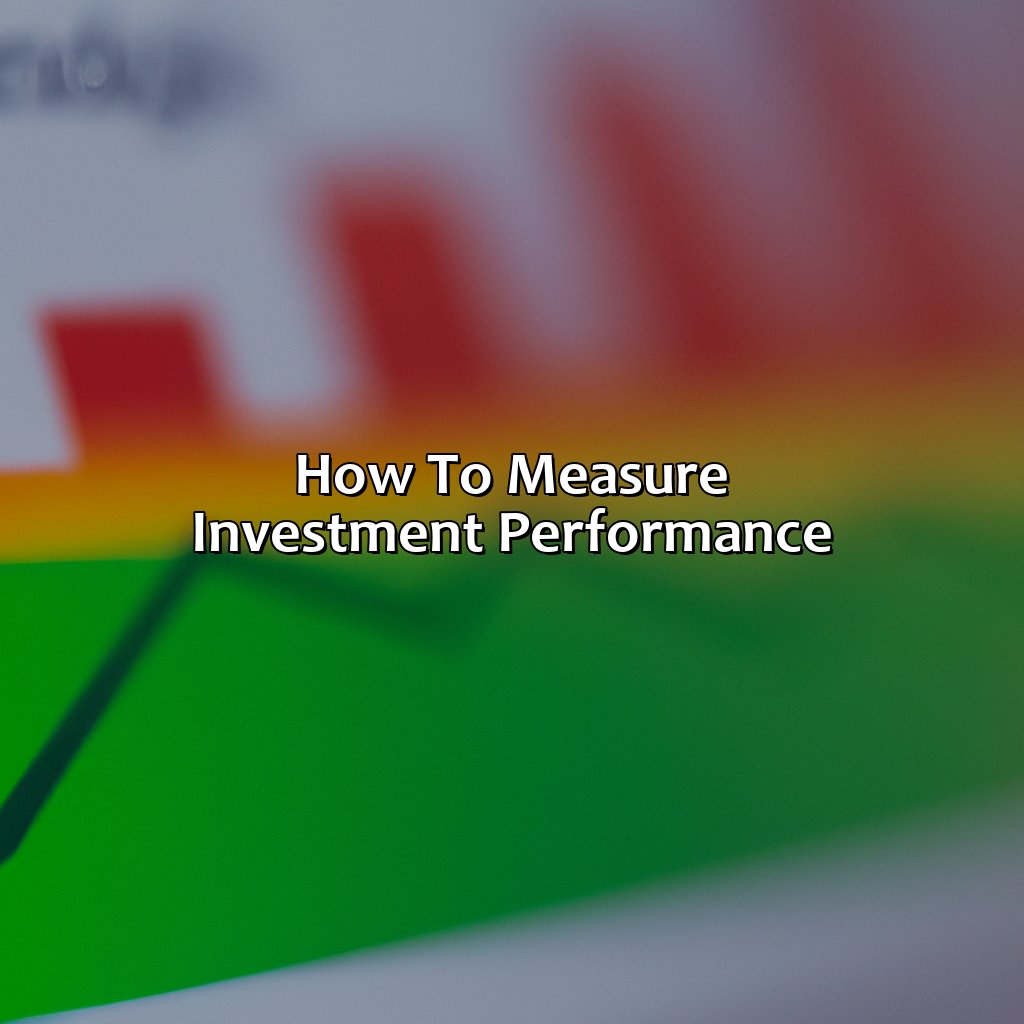
Image credits: retiregenz.com by Adam Jones
Absolute Return
Investment Performance is measured in terms of Absolute Return, determining the actual return on investment irrespective of market conditions. It calculates if the investment has made profits or losses without relative comparisons to any benchmarks.
Absolute Return is not affected by external factors like inflation or currency fluctuations. This unique measure allows investors to assess an asset’s true value rather than focusing on benchmark returns that may not be indicative of the investor’s goals.
To optimize your Absolute Return, you can follow some suggestions:
- diversify your portfolio across different asset classes and sectors as it reduces risk and maximizes gains.
- pay attention to costs and fees levied on your investments.
- Lastly, conduct detailed research before investing to make informed decisions.
Diversification improves performance since different assets react differently to market volatility. Conversely, high fees reduce returns as they lessen the total profit or increase the overall loss per transaction. Research provides market insights and helps identify trends that impact asset values.
If you’re chasing relative returns, just remember – there’s a fine line between beating the market and getting beaten by the market.
Relative Return
Comparative gain, also known as Relative Return, is the measurement of an investment’s performance compared to its benchmark. It shows how much returns an investment has generated in excess or below its benchmark over a particular period.
Relative Return is calculated by subtracting the benchmark return from the investment return and then dividing it by the benchmark return. The resulting percentage is the Relative Return. A positive value indicates that the investment has outperformed the benchmark, while a negative value shows underperformance.
Investors analyze Relative Return to assess whether their investments are yielding better returns than their benchmarks or not. It helps investors choose investments that are suitable for them based on their desired level of risk.
It’s imperative to note yet another crucial way to evaluate an investment’s performance through fundamental analysis, which involves assessing financial statements of companies before investing.
According to Investopedia, historical data reveals that comparative gain tends to correlate more with past events instead of predicting future ones.
Investing without monitoring performance is like driving blindfolded – you may have no idea where you’re going, but it’s not going to end well.
Importance of Monitoring Investment Performance
When it comes to investing, monitoring investment performance is crucial. Keeping track of how your investments are faring can help you make informed decisions about when to sell, hold or buy more. Vigilantly observing your investments can also give you a good understanding of the market’s behavior.
It is important to regularly review and assess performance. Doing so can help one plan a budget, set financial goals and identify risk. Remembering your investment objectives is imperative to make informed decisions. Investment performance can also be positively influenced by sound investment advice. It is highly recommended that one seeks expert guidance to make desired returns on investments. By doing so, potential losses are minimized, leading to successful investments.
An example of the importance of monitoring investment performance can be illustrated by a hypothetical scenario. Consider, for instance, a stock portfolio. If the performance of one of the stocks was not monitored, and the stock price dropped unexpectedly, the investor would not be able to react and sell on time. This could lead to the investor incurring losses. However, if the investor was monitoring the stock’s performance, they would have noted the decline in value and sold it before incurring significant losses. Stressing on the importance of monitoring investment performance, it is critical to understand that regular monitoring contributes to making successful investments.
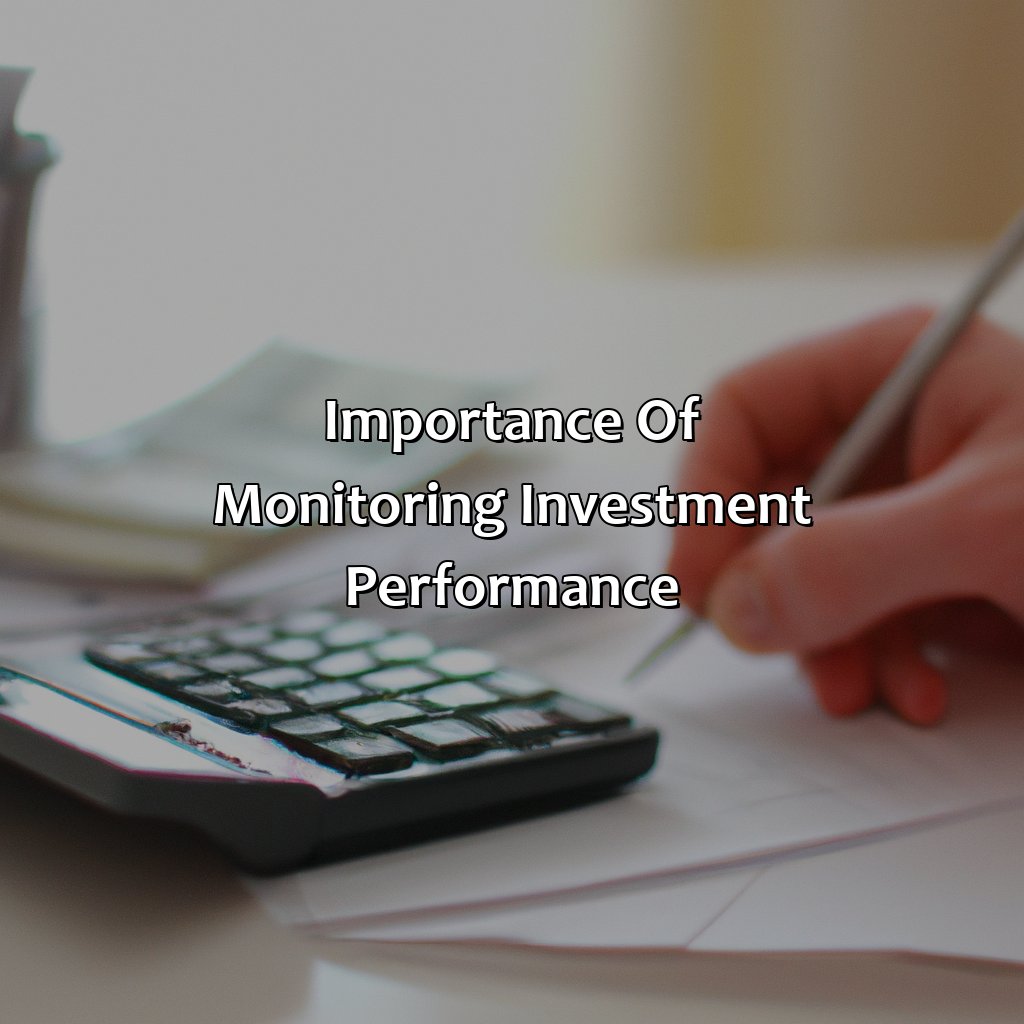
Image credits: retiregenz.com by James Washington
Strategies to Improve Investment Performance.
Investors always look for ways to enhance their investment performance as it is a crucial factor for achieving financial goals. To improve investment returns, there are several strategies that can be used.
- Invest in a diversified portfolio to reduce the risk of loss.
- Regularly monitor and review the portfolio to ensure it aligns with changing market conditions and financial goals.
- Consider long-term investment strategies such as dollar-cost averaging or active portfolio management to maximize returns.
It is important to keep in mind that investment performance is subject to market fluctuations, and past performance is not indicative of future results. Therefore, investors must remain informed and adaptable to market changes.
Implementing a plan to improve investment performance can provide a sense of financial security and help achieve long-term financial goals. As such, it is crucial to explore different strategies and seek the advice of a financial professional before making any investment decisions. Remember, every investment decision involves risk, but not taking any risks may lead to missed opportunities and losses in the long run.
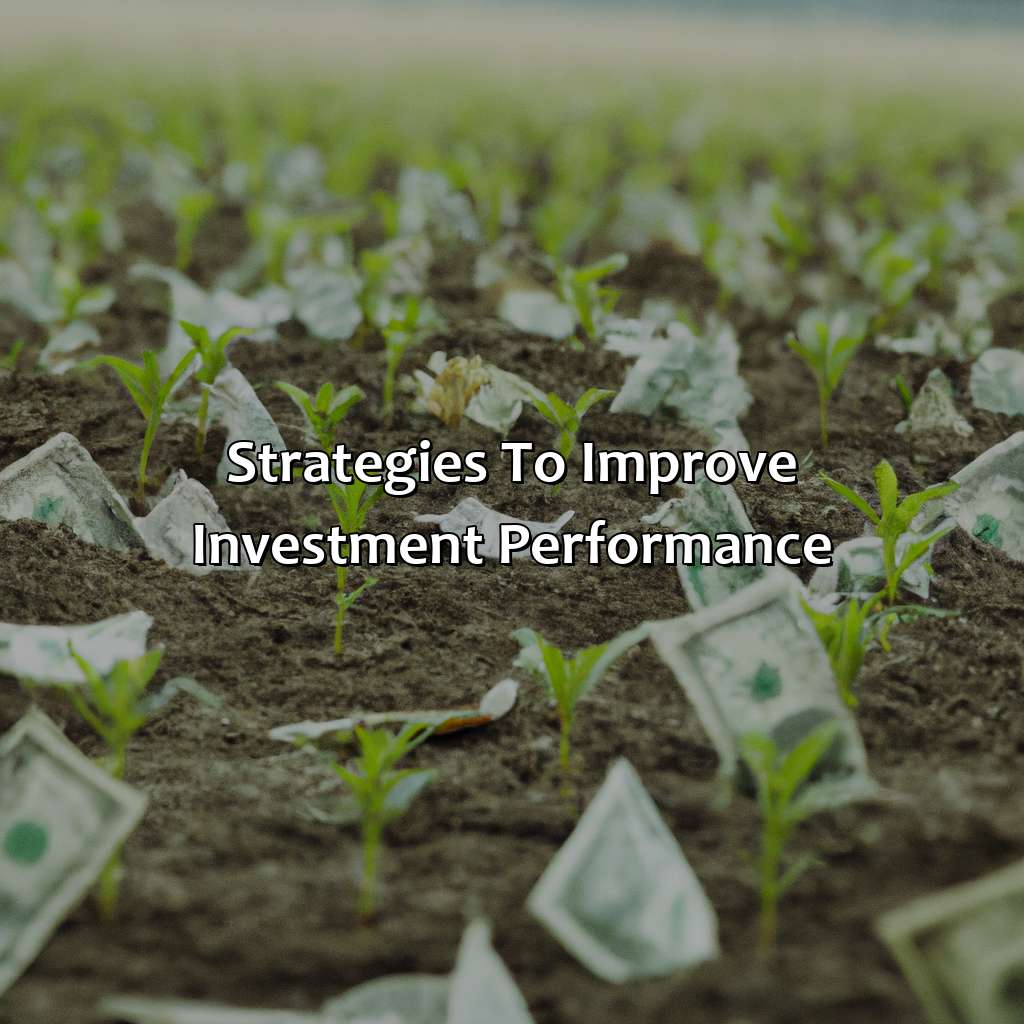
Image credits: retiregenz.com by David Duncun
Some Facts About Investment Performance:
- ✅ Investment performance measures the return on investment over a certain period. (Source: Investopedia)
- ✅ Key indicators of investment performance include ROI (return on investment), CAGR (compound annual growth rate) and alpha. (Source: The Balance)
- ✅ Investment performance can be analyzed using various tools such as performance attribution analysis, factor analysis, and benchmarking. (Source: CFA Institute)
- ✅ Past investment performance is not indicative of future results. (Source: SEC)
- ✅ Professional portfolio managers and financial advisors use investment performance metrics to evaluate and improve their investment strategies. (Source: Morningstar)
FAQs about What Is Investment Performance?
What is investment performance?
Investment performance refers to the rate of return on an investment over a certain period of time. It is a measure of how well an investment has performed in generating profit for the investor.
How is investment performance calculated?
Investment performance can be calculated using different formulas, but the most common is the compound annual growth rate (CAGR). CAGR is the average rate of return over a specific period of time, assuming that the investment grows at a steady rate each year. To calculate CAGR, divide the ending value of the investment by the beginning value, raise the result to the power of 1/n (where n is the number of years), and subtract 1 from the result.
Why is investment performance important?
Investment performance is important because it helps investors evaluate their investments and make better decisions about where to allocate their money. It also serves as a benchmark for comparing different investments and strategies.
What factors affect investment performance?
Several factors can affect investment performance, including market conditions, economic trends, political events, interest rates, company performance, and individual investor behavior.
How can an investor improve their investment performance?
An investor can improve their investment performance by diversifying their portfolio, regularly monitoring and adjusting their investments, avoiding emotional decisions based on short-term market fluctuations, and seeking the advice of a financial advisor.
What are the risks associated with investment performance?
Investing always carries some degree of risk, and investment performance is no exception. The value of investments can go up or down depending on market conditions, economic trends, and other factors. There is no guarantee that an investment will perform as expected.
